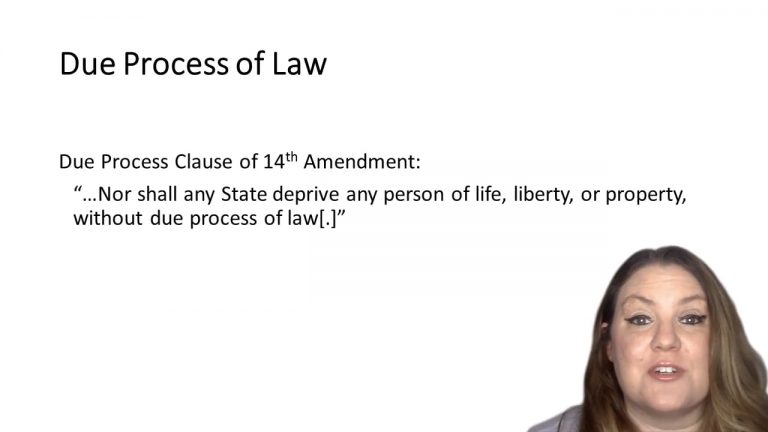SmartBrief
Confirm favorite deletion?
Criminal Procedure Keyed to Miller
Ed Brown v. Mississippi
Citation:
297 U.S. 278 (1936)Facts
A deputy sheriff took Ellington to the home of a murder victim, and a group of white men accused him of the murder. When Ellington denied committing the crime, the deputy helped the crowd hang Ellington by a rope and whip him in an effort to elicit a confession. A few days later, the same deputy arrested Ellington and again whipped him until Ellington ultimately confessed to the murder. A few days later, Brown and Shields were arrested. The same deputy brought a group of white men to the jail and they whipped Brown and Shields until they confessed to the murder. Aside from the confessions, there was no evidence that Ellington, Brown, and Shields were involved in the murder.
Only StudyBuddy Pro offers the complete Case Brief Anatomy*
Access the most important case brief elements for optimal case understanding.
*Case Brief Anatomy includes: Brief Prologue, Complete Case Brief, Brief Epilogue
- The Brief Prologue provides necessary case brief introductory information and includes:
Topic:
Identifies the topic of law and where this case fits within your course outline.Parties:
Identifies the cast of characters involved in the case.Procedural Posture & History:
Shares the case history with how lower courts have ruled on the matter.Case Key Terms, Acts, Doctrines, etc.:
A case specific Legal Term Dictionary.Case Doctrines, Acts, Statutes, Amendments and Treatises:
Identifies and Defines Legal Authority used in this case.
- The Case Brief is the complete case summarized and authored in the traditional Law School I.R.A.C. format. The Pro case brief includes:
Brief Facts:
A Synopsis of the Facts of the case.Rule of Law:
Identifies the Legal Principle the Court used in deciding the case.Facts:
What are the factual circumstances that gave rise to the civil or criminal case? What is the relationship of the Parties that are involved in the case.Issue(s):
Lists the Questions of Law that are raised by the Facts of the case.Holding:
Shares the Court's answer to the legal questions raised in the issue.Concurring / Dissenting Opinions:
Includes valuable concurring or dissenting opinions and their key points.Reasoning and Analysis:
Identifies the chain of argument(s) which led the judges to rule as they did.
- The Brief Prologue closes the case brief with important forward-looking discussion and includes:
Policy:
Identifies the Policy if any that has been established by the case.Court Direction:
Shares where the Court went from here for this case.
Topic Resources
Topic Outline
Topic Refresher Course

 2m 6s
2m 6s